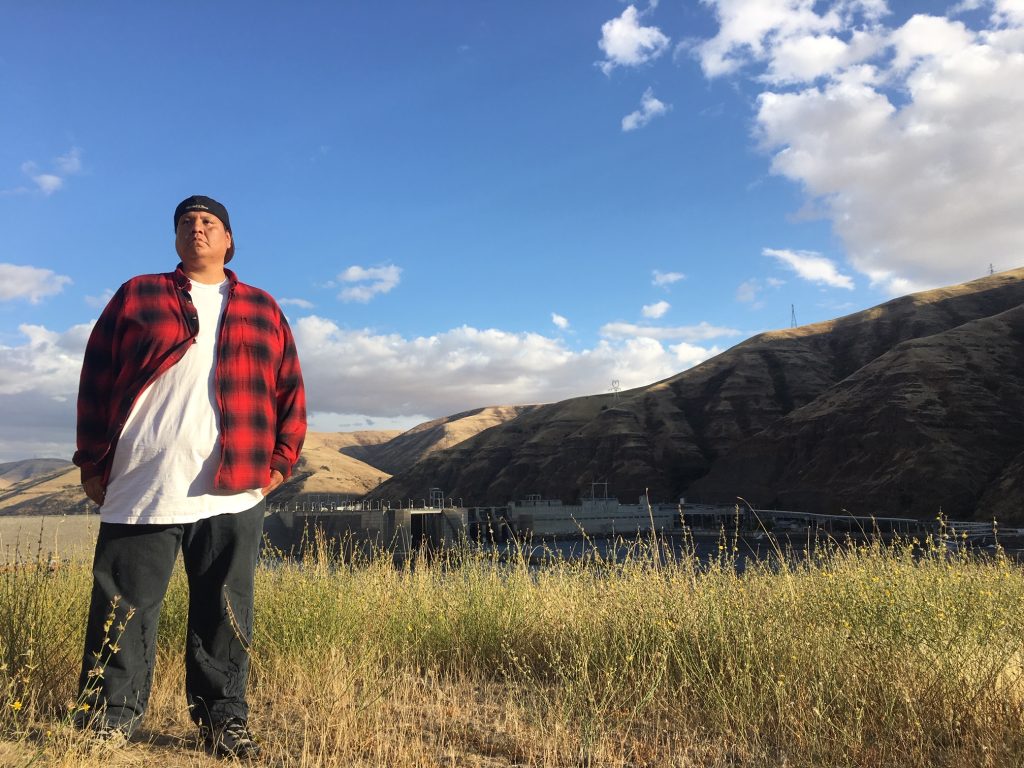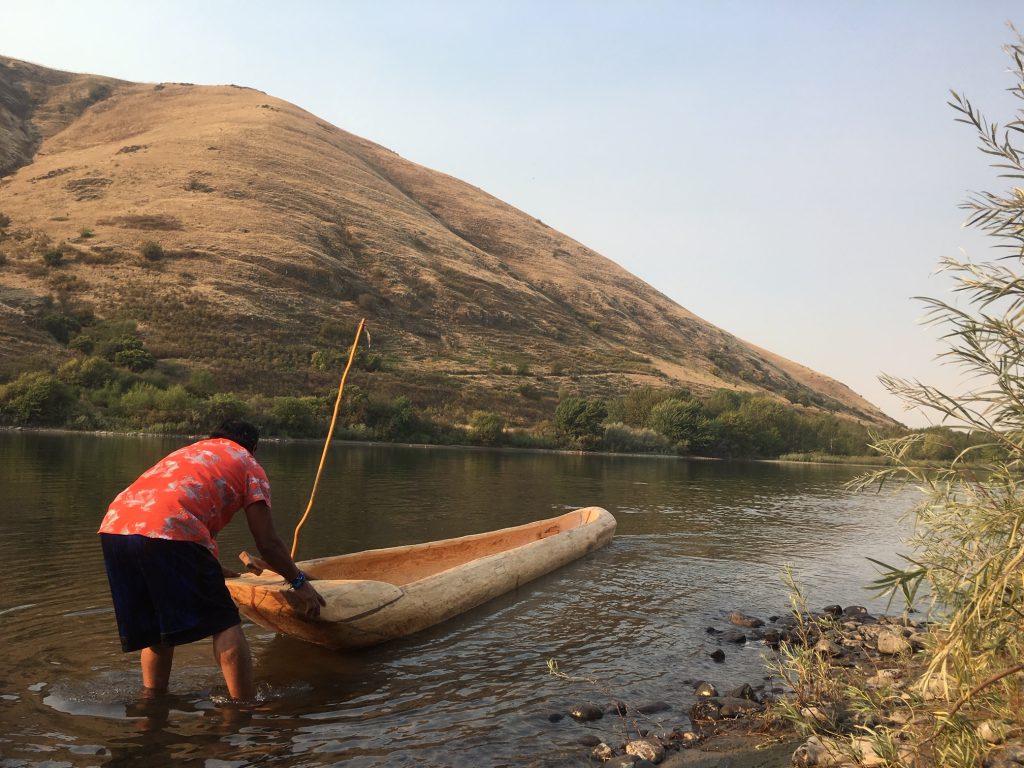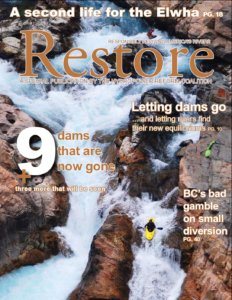Snake River Vision: Tribal Rights

We tend to think of history as a rigid, academic discipline, measuring specific events against linear time, painstakingly verifying them with artifacts and other records. The recent discovery of artifacts unearthed at a site known today as Cooper’s Ferry along Idaho’s Salmon River carbon-dated back 16,500 years. This was big news, establishing Cooper’s Ferry as one of the oldest verified sites of human presence in North America.
Cooper’s Ferry is in the heart of Nez Perce Tribal country, and is a part of the vibrant living culture of the tribes. For many Nez Perce people, the celebrated discovery there served mostly as contemporary science’s confirmation of a story they already know. Narrative histories and traditions of Nez Perce people—Nimiipuu—tend to be based on a different kind of chronology, one that says Nez Perce people have always been in this land, or more accurately, of it. The Cooper’s Ferry site has a name in Nez Perce—Nipehe. It lies in the heart of the sprawling, 260,000 square-mile Columbia-Snake River Basin, the greatest salmon and steelhead producers in the world. Historically.

Treaties among nations are part of our history and are the supreme law of the land in the US Constitution. In 1855 the US Government made treaties with the sovereign nations of the western United States: Nez Perce, Umatilla, Warm Springs, and Yakama among them. Those nations ceded millions of acres of their homelands to the United States in return for protection, and they retained the right to hunt and fish at their usual and accustomed places.
While the treaties – which are contracts among nations — guaranteed fishing and hunting in the usual and accustomed places, subsequent court decisions known as Boldt 2, also guaranteed habitat. In other words, part of our joint contract is that there be fish to catch and game to hunt. We cannot make a contract that people can fish and then turn around and wipe out the fish.
These treaties are contracts that bind and obligate each citizen of the United States: we cannot take actions that cause salmon to go extinct and when we learn that we are doing that, we have to fix it. The United States gained much when the Treaties were signed – just look around us – and in return we make sure there’s salmon in the rivers. This benefits all of us, and is a promise we made. Let’s keep it.
While the “usual and accustomed” places doctrine guarantees the rights, sadly it couldn’t guarantee the places. The hydroelectric dam era in the Columbia-Snake Basin, ushered in by Bonneville Dam in 1938, now includes some 150 projects including 18 on the Columbia and Snake mainstems. Many populations of fish species at the center of Native cultures such as wild salmon, steelhead and lamprey, are perilously close to being lost forever. People representing countless cultures and histories living now in the Northwest believe removal of four federal dams on the lower Snake holds the key to unlock the recovery potential.
For so many people today, it’s impossible to begin to fathom much less understand what the places once were. We haven’t witnessed it, much less experienced it ourselves. That’s one of the invaluable perspectives the timeless narrative histories of Northwest Native people can offer all of us: they have.
We view restoring the lower Snake River – a living being to us, and one that is injured – as urgent and overdue. Congressman Simpson, in focusing on the facts and on a solution, speaks the truth – that restoring salmon and the lower Snake River can also reunite and strengthen regional communities and economies. We will support Congressman Simpson’s initiative and we respect the courage and vision he is showing the region. This is an opportunity for multiple regional interests to align with a better future for the Northwest: river restoration and salmon recovery; local and regional economic investment and infrastructure improvement; and long-term legal resolution and certainty.”
— Nez Perce Chairman Shannon Wheeler said in a statement supporting Idaho Congressman Mike Simpson’s February proposal for a Northwest infrastructure package that includes removing the four lower Snake River dams.
The post Snake River Vision: Tribal Rights appeared first on American Rivers.


